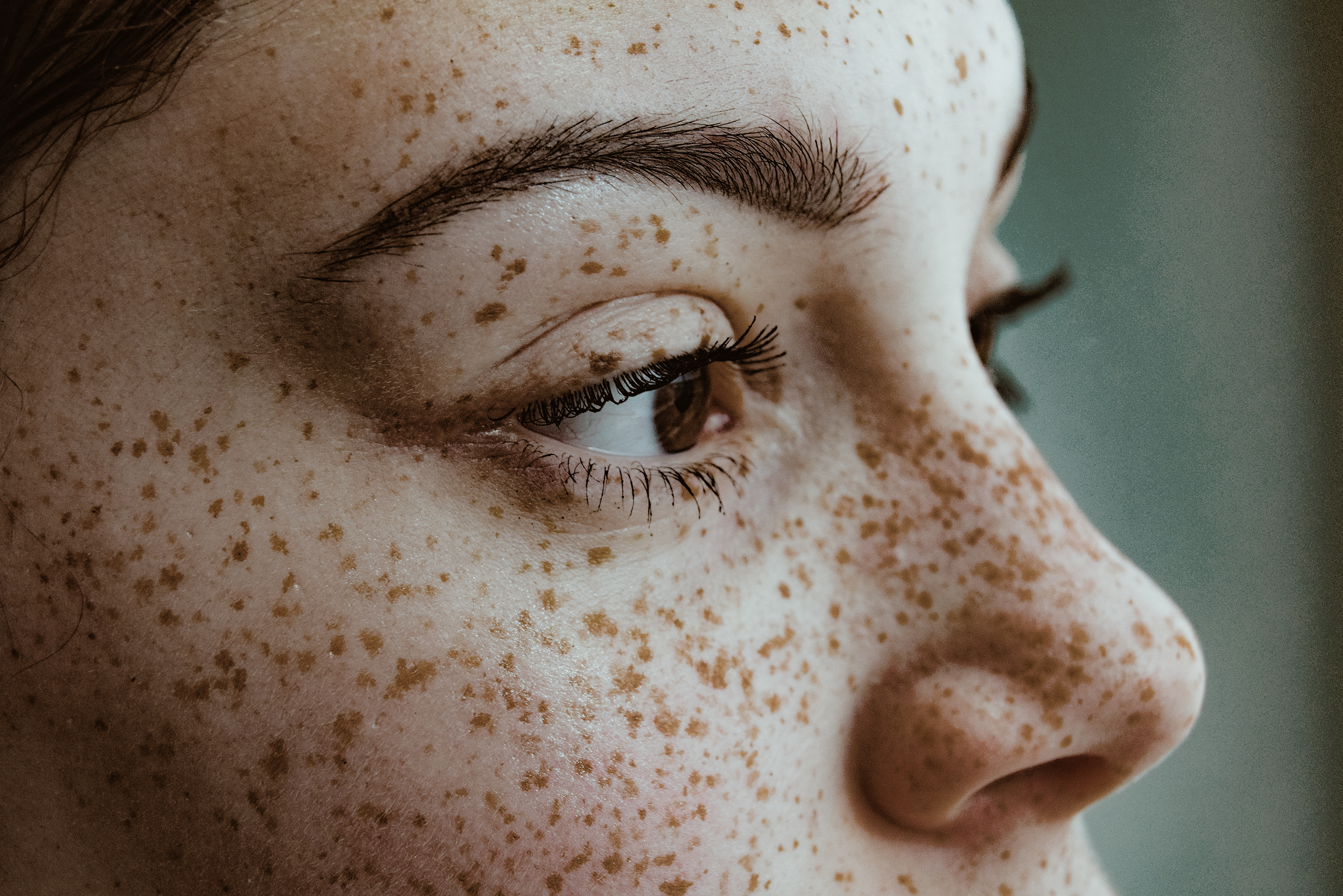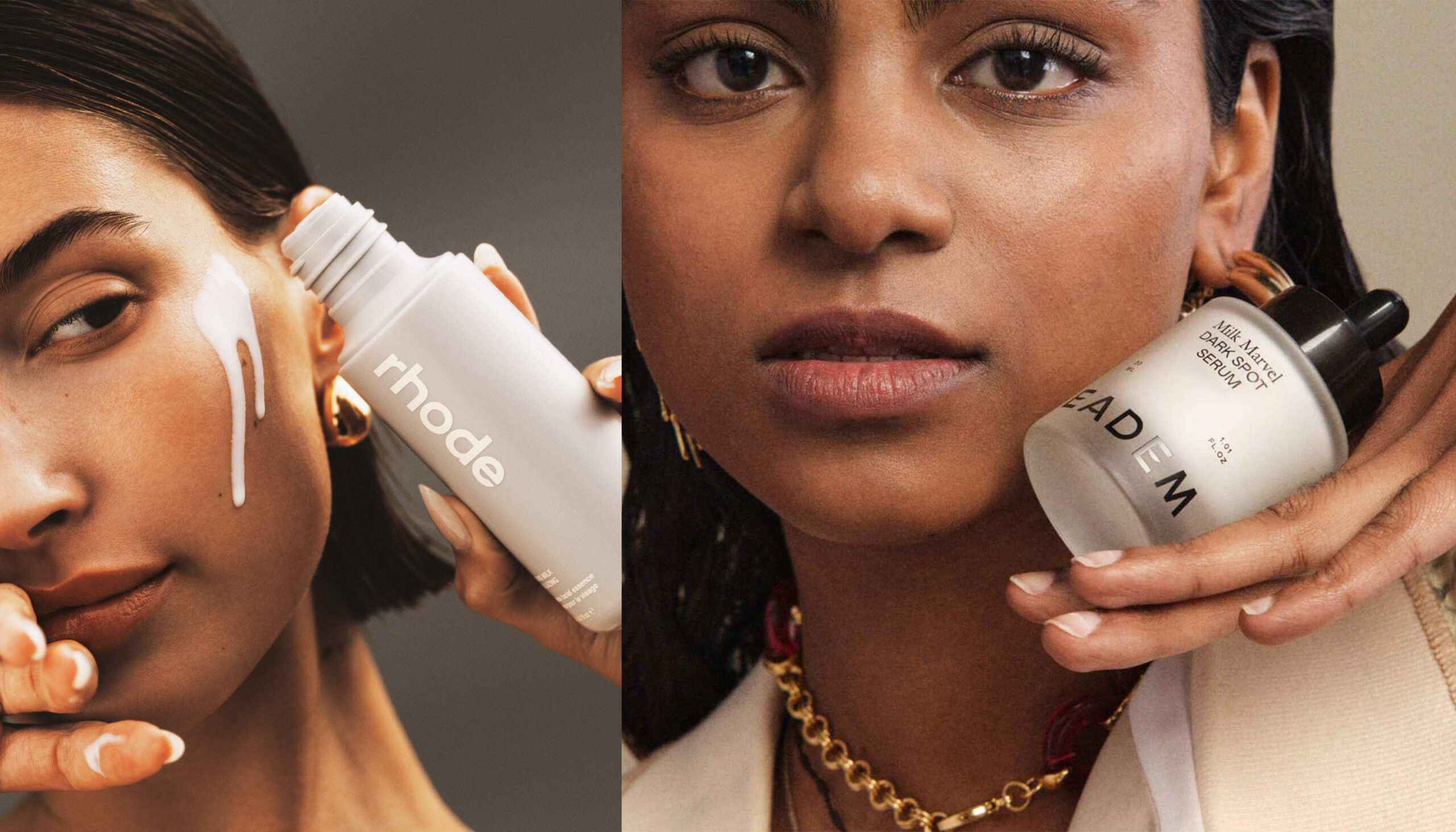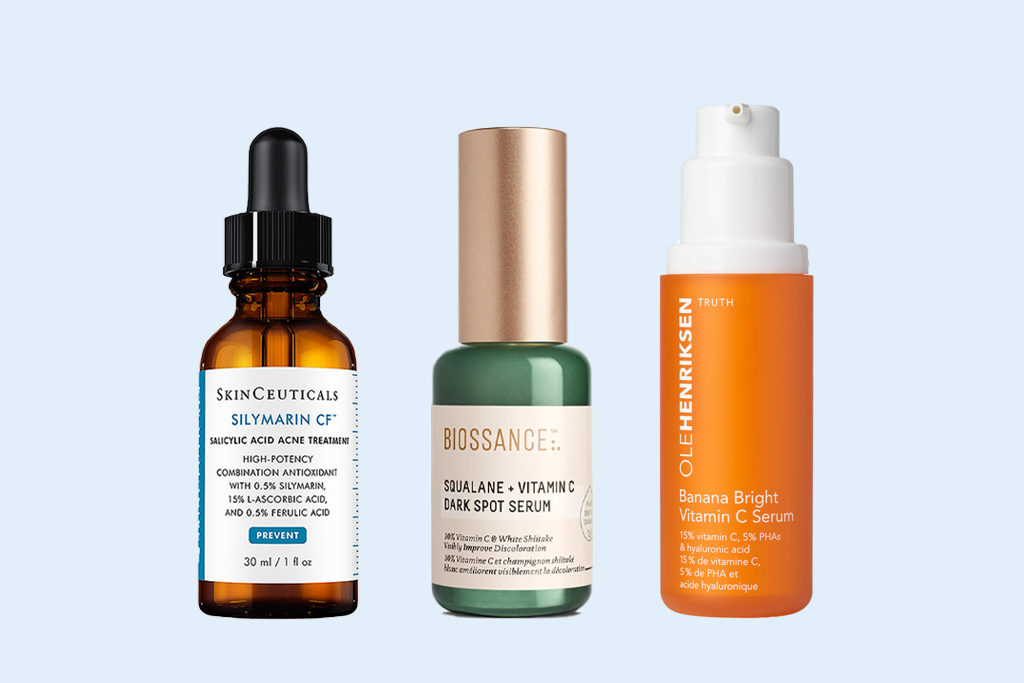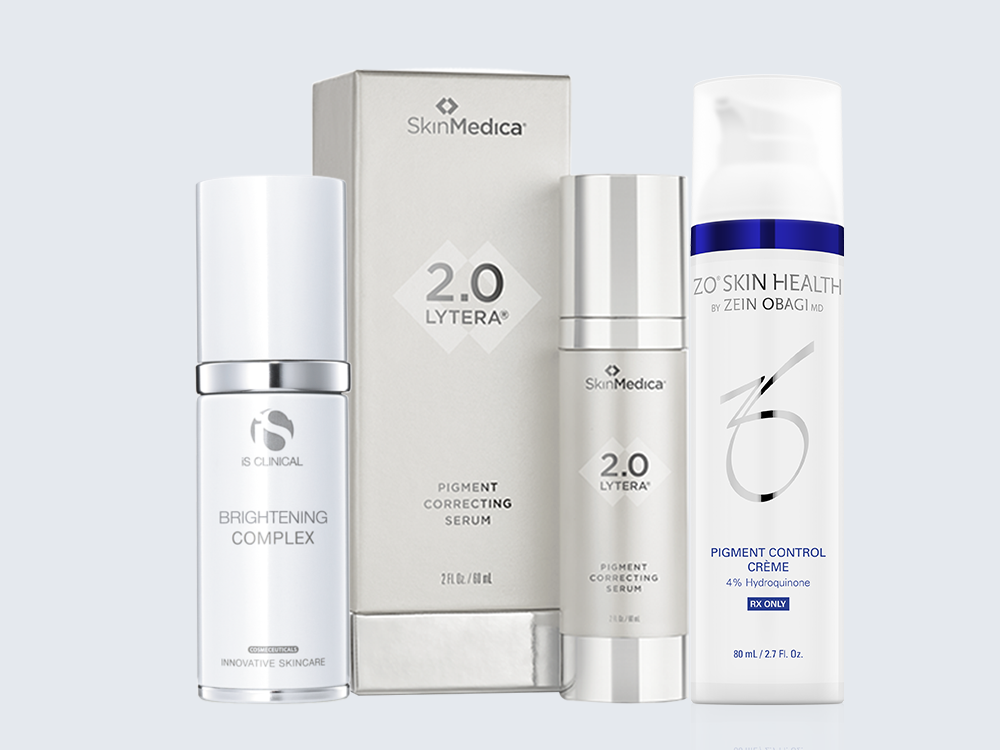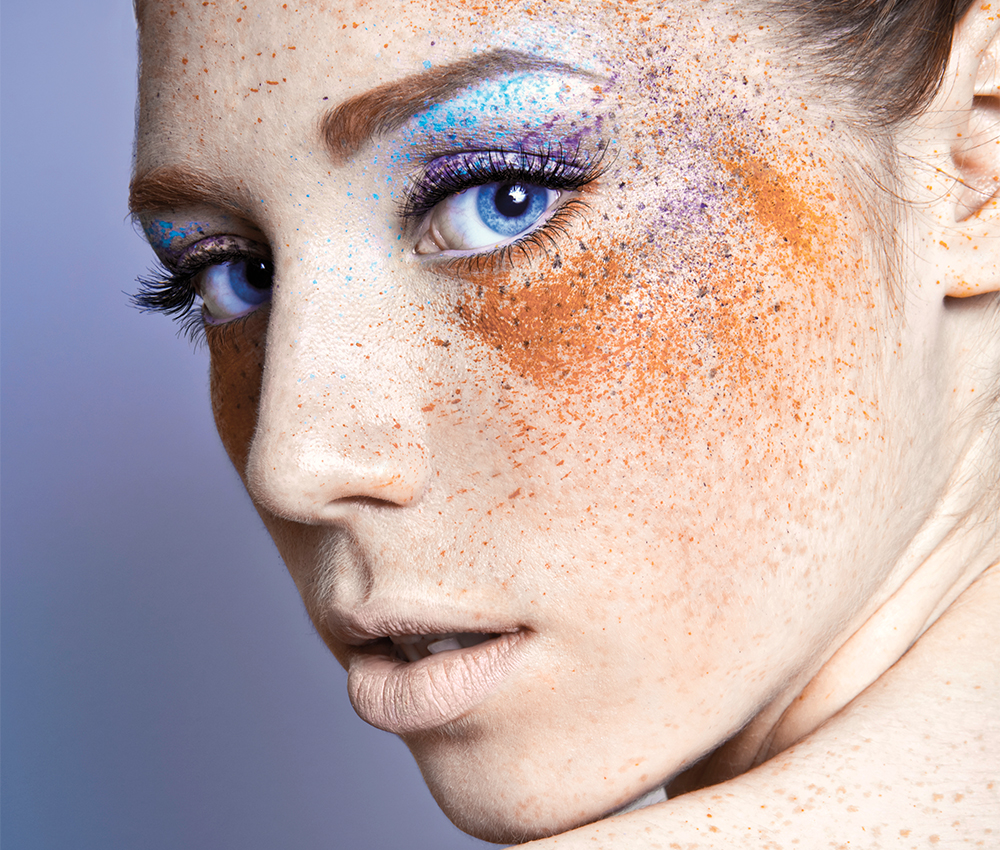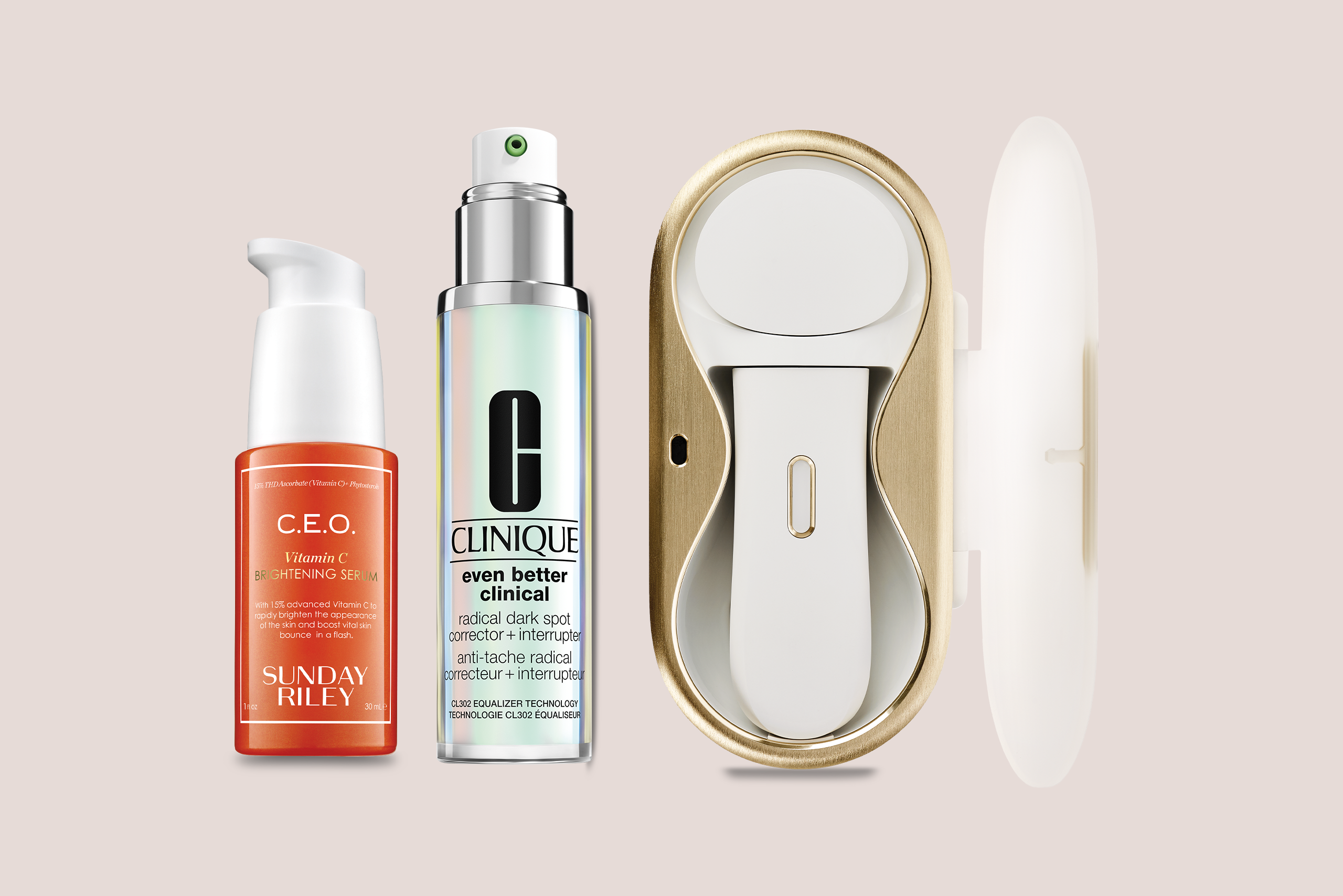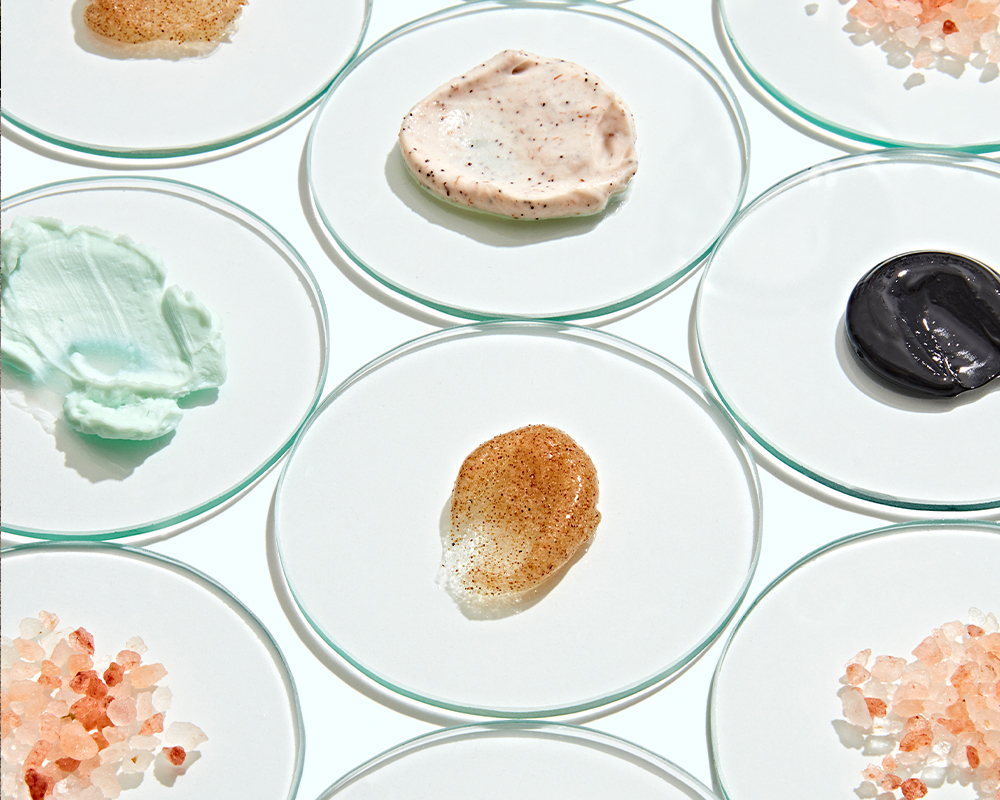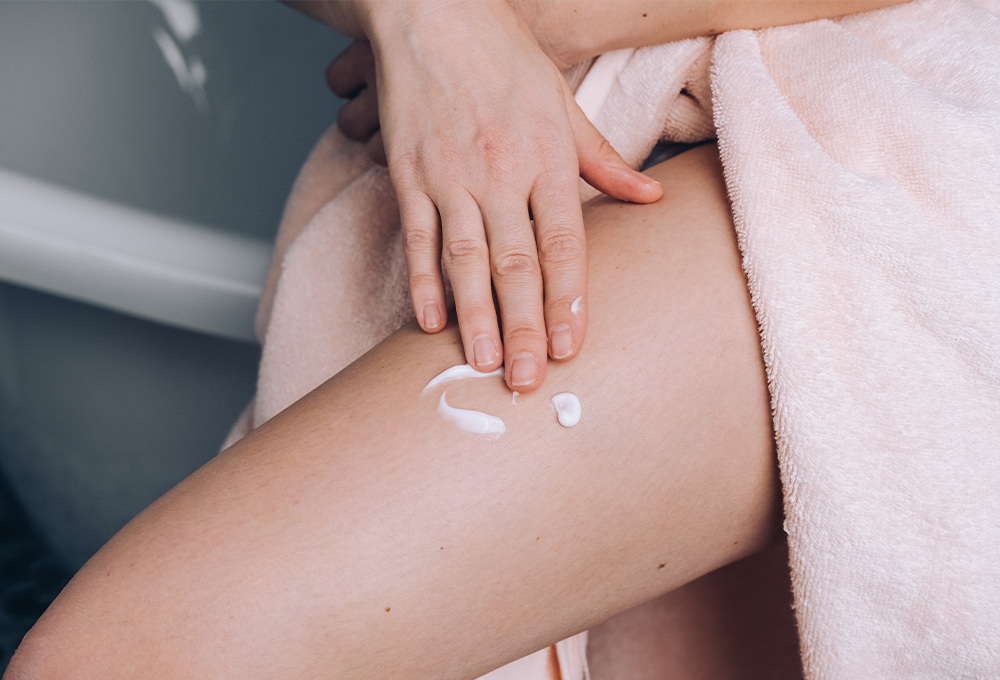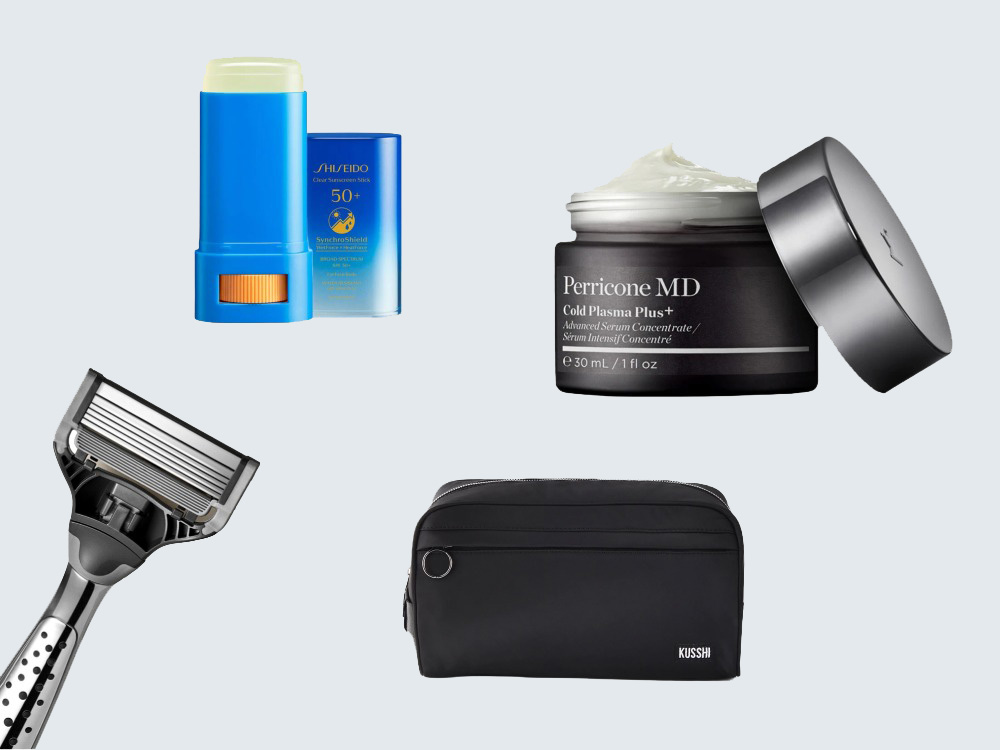Discoloration—think age and brown spots—can make you look just as old as a face full of wrinkles. “Pigmentation makes the skin look dull, muddy and worn out. Even if you have next to no wrinkles or lines, if there’s discoloration your skin won’t look bright and fresh,” explains New York dermatologist Patricia Wexler, MD. “Every skin type should have a radiance to it so that it reflects light properly and ‘glows.’”
Here are our top three ways to fix pigmentation problems:
1. Product Picks
Today, there’s more spot-eradicating choices than ever. Hydroquinone is the gold standard but it can’t be used long-term and some experience sensitivities. Other options include kojic acid, arbutin and vitamin C. Any brightener should be used with a retinoid or exfoliating agent for better results.
2. In-Office Chemical Peels
Chemical peels break up the top layer of skin, getting rid of surface discoloration. “It’s important to eliminate dead skin, which contains pigment, otherwise discoloration will manifest and the skin will look dull and ruddy,” says Manhattan Beach, CA, dermatologist Ashley Magovern, MD.
3. Lasers
The cause of discoloration, and how severe it is, determines what course of action will best suit your problem. “When peels don’t work for stubborn pigmentation, I like to use Fraxel or ActiveFX,” Dr. Wexler adds. However, there is a risk to using lasers to treat hyperpigmentation: if the skin reacts adversely, the discoloration can become worse and even permanent.
Read on for some additional steps to spotless skin.


